Learning in our undergraduate labs
UTM Anthropology has two undergraduate teaching laboratory spaces located on the ground floor of the William G. Davis Building in rooms DV2045 and DV2047. Access to both labs is via DV2047V.
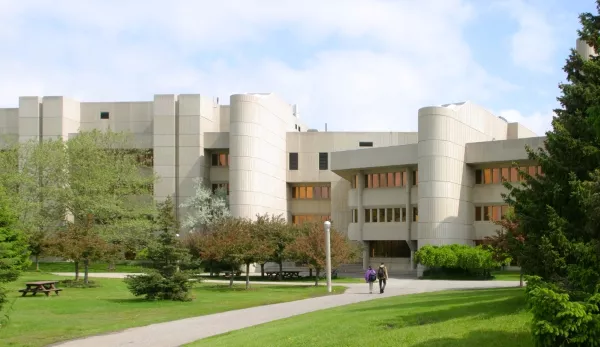
Specimen collections for undergraduate courses
The Department of Anthropology’s undergraduate laboratory teaching facilities include a diverse collection of approximately 2500 teaching specimens spanning the range of physical materials that anthropologists, particularly archaeologists and biological anthropologists, typically work with.
Virtual specimen collection
Virtual bone casts and fossil specimens may be used when examining skeletal anatomy across multiple species of primate, including humans. Dr. Lauren Schroeder and U of T colleagues are creating this digital database of hundreds of specimens using high-resolution 3D scanning.
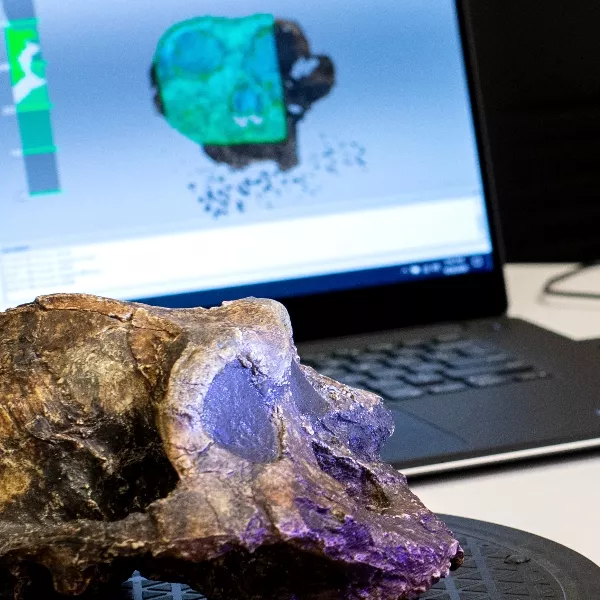
Biological anthropology specimens
The teaching collection includes approximately 500 replicas or casts of:
- modern human skeletal material,
- fossil hominids,
- and modern and fossil primates.
This collection facilitates hands-on examination of:
- various aspects of human evolution,
- comparative human-primate morphology,
- human osteology, and
- forensic anthropology,
- among other topics.
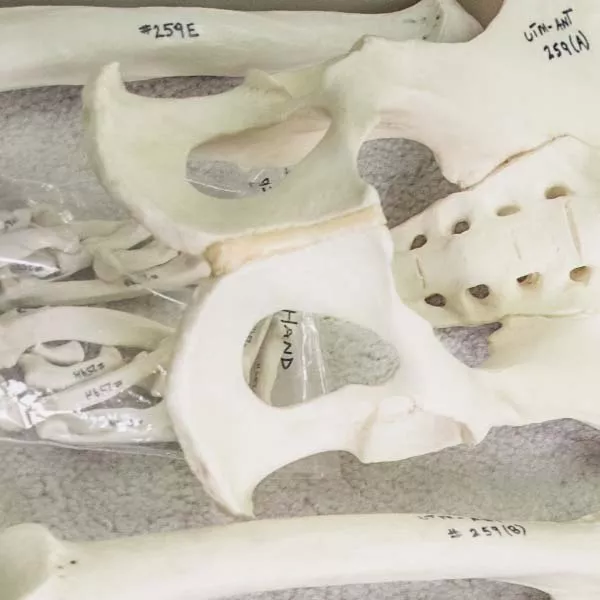
Archaeology artifacts
The teaching collection includes approximately 2000 artifacts and replicas spanning many aspects of human material culture from the earliest stone tools to the recent, historic past.
This collection represents a wide range of geographic contexts from around the world, but with a particular emphasis on material culture relating to the archaeological history of Indigenous populations from southern Ontario and the wider region of Northeastern North America.
Learn about Archaeology and Cultural Heritage Management at UTM
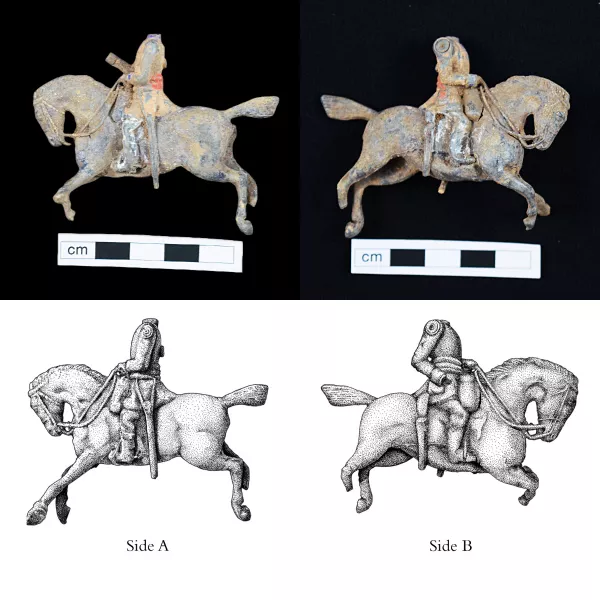
Laboratory rooms
DV2045 Teaching Lab
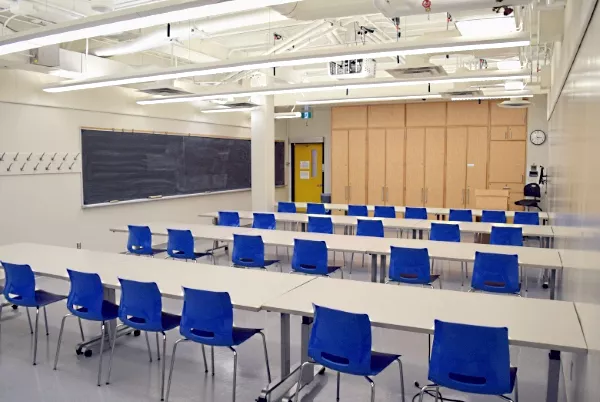
DV2047 Teaching Lab
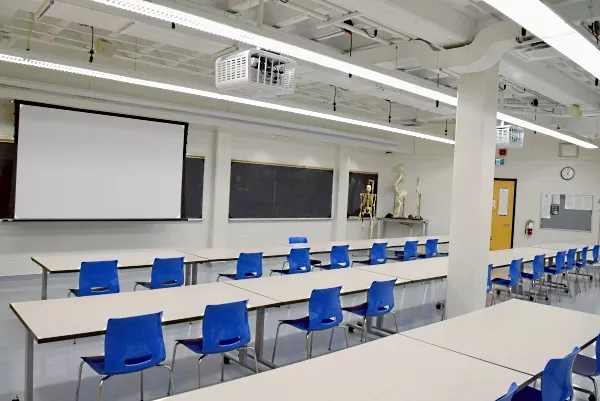
Benefits of learning in a lab:
- students can interact with instructors, teaching assistants, and peers in a smaller-group environment;
- allows a more personal experience for students in large first and second year courses;
- facilitates direct manipulation and examination of physical specimens (a basis for research/study in archaeology and biological anthropology).
Courses frequently held in our labs:
- introductory classes in archaeology and biological anthropology;
- advanced classes in archaeological analysis, paleobotany, zooarchaeology;
- bioarchaeology, human osteology, paleoanthropology, and forensic anthropology;
- introductory courses in sociocultural and linguistic anthropology as a venue for smaller tutorials and group discussions
